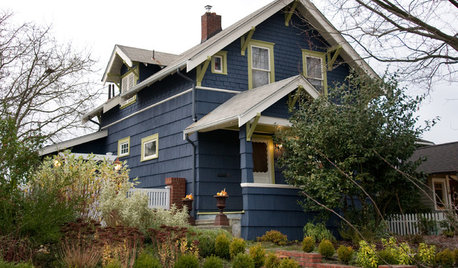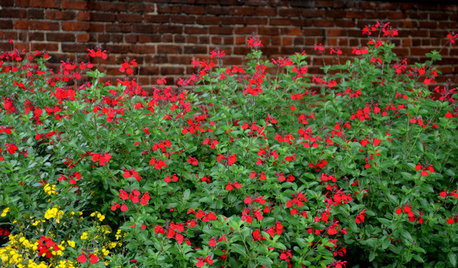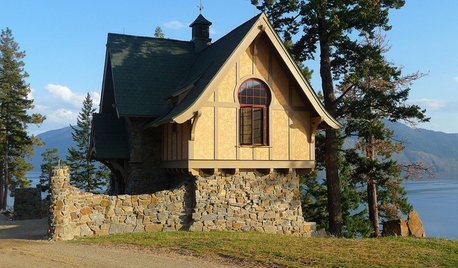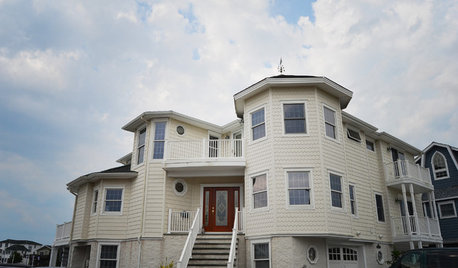Any yucca fans in NJ?
Jim_K_z7a
21 years ago
Related Stories

HOUZZ TOURSHouzz Tour: A Loving Remodel for High-School Sweethearts
Ellie and Michael Mroz return to their hometown of Westfield, N.J., and design their dream home
Full Story
LIGHTINGHouse Hunting? Look Carefully at the Light
Consider windows, skylights and the sun in any potential home, lest you end up facing down the dark
Full Story
COLORExterior Color of the Week: Go Navy!
It’s daring and dramatic, but also a neutral. And it looks fantastic on almost any home
Full Story
HOUZZ TOURSMy Houzz: Geometric Detail Inspires Artful Home
New Jersey painter and stained-glass artist uses her home as the ultimate canvas
Full Story
MOST POPULARHouzz TV: Fred MacMurray’s Enduring Farmhouse Retreat
One of the most beloved actors of the 20th century traded fame for farm implements on this California ranch. His daughter shows us around
Full Story
KITCHEN DESIGNKitchen of the Week: Red Energizes a Functional White Kitchen
A client’s roots in the Netherlands and desire for red countertops drive a unique design
Full Story
DECORATING GUIDES12 Ways Your Home Can Say Happy Derby Day
Add a dash of fresh Kentucky Derby style to your home
Full Story
GARDENING GUIDESGreat Design Plant: Autumn Sage Brings Color and Butterflies
Whether you live in the arid desert or the humid South, you'll likely find this deer-resistant beauty as irresistible as winged creatures do
Full Story
ARCHITECTUREHow to Design a Storybook Cottage
A client’s request: “Build me a house where Disney meets Tudor.” The architect explores the details that make the style
Full Story
ARCHITECTURERegional Style: The Jersey Shore
Beyond reality TV and big hair, the Jersey shore is a happening hotbed of colorful seaside design
Full StorySponsored






hank_747
Deb_NJ
Related Professionals
Bellflower Landscape Architects & Landscape Designers · Cottonwood Landscape Architects & Landscape Designers · Towson Landscape Architects & Landscape Designers · Edmond Landscape Contractors · Norwood Landscape Contractors · Bethel Park Landscape Contractors · East Lake-Orient Park Landscape Contractors · Englewood Landscape Contractors · Wentzville Landscape Contractors · Forest Hill Landscape Contractors · Casselberry Landscape Contractors · Harvey Swimming Pool Builders · Sudley Swimming Pool Builders · Shirley Fence Contractors · Charleston Fence ContractorsSue0661
Jim_K_z7aOriginal Author
hank_747
Deb_NJ
Jim_K_z7aOriginal Author
Deb_NJ
steve_nj
Jim_K_z7aOriginal Author
rara_avis
Deb_NJ
Mark_Sandy
CindyBelleZ6NJ
dstny1957
yourpal
Jim_K_z7aOriginal Author
chuckedw
Jim_K_z7aOriginal Author
chuckedw
Jim_K_z7aOriginal Author
lorraine303
WPalm033
daffknee_2000
dadgardens
realms
rothwood
wardw
last1earth
morbiusx1A
mdlang
robinb
diana3
tinylady
littlesnarf_juno_com
opend
loveflowers
acleone